Nikon’s recent sensor patent published a few days ago, US20240388815A1, represents an exciting shift for the company. Traditionally reliant on Sony-made sensors for its flagship cameras, such as the Z9 (source), Nikon appears to be forging its own path. The new patent introduces a novel dual-voltage control system that promises enhanced performance, signaling Nikon’s ambition to enter the professional cinema camera market. This development, coupled with Nikon’s acquisition of RED and its strategic push toward cinema innovations, marks a critical turning point for the brand.
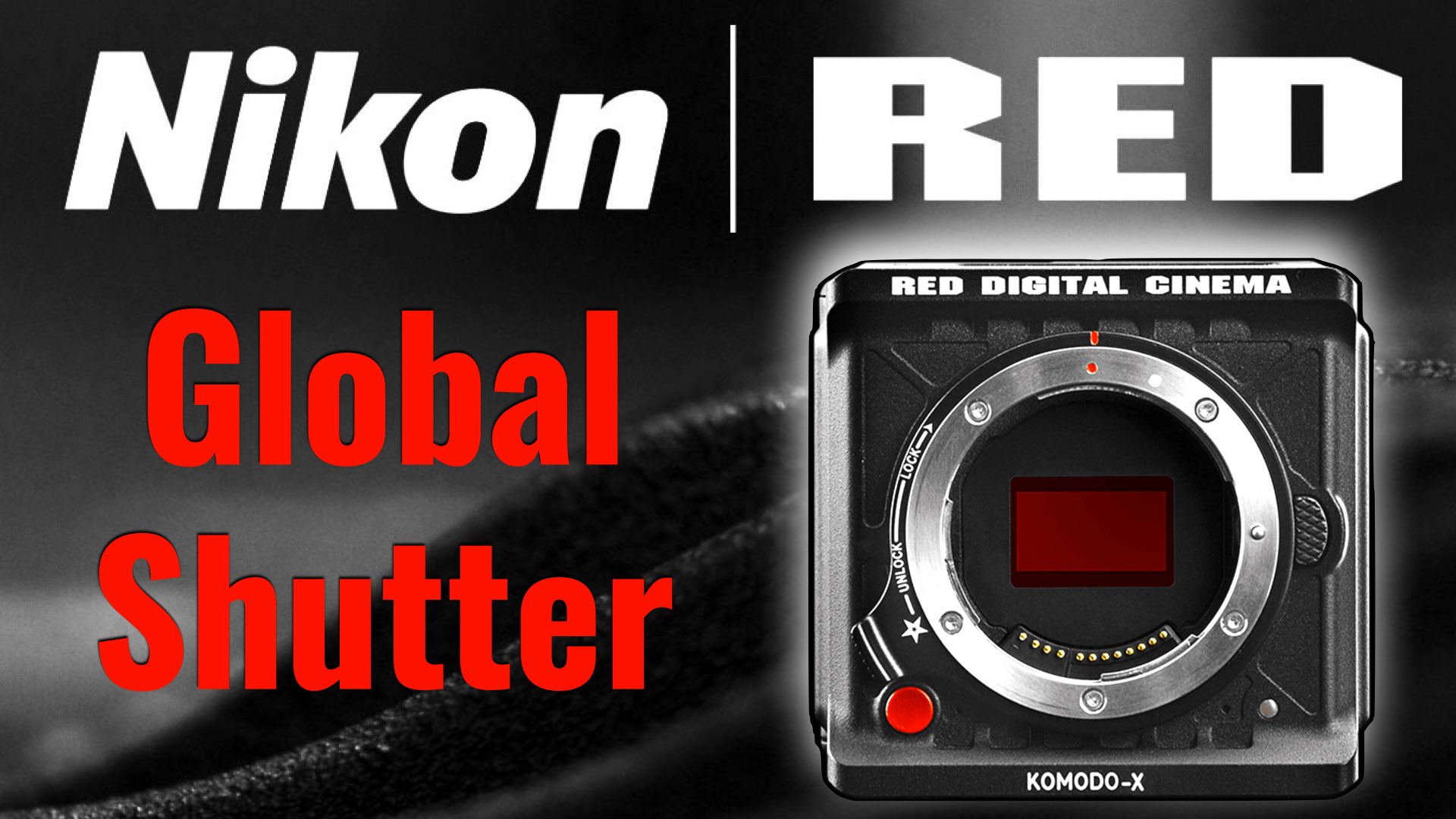
The Patent: Pioneering Dual-Voltage Image Sensors
Nikon’s patented image sensor focuses on solving key issues that filmmakers face, particularly in areas like dynamic range, low-light performance, and readout speed. The dual-voltage control system separates the electrical charge handling into distinct zones within the sensor. This approach allows:
- Enhanced Pixel Efficiency: The system minimizes charge loss during photoelectric conversion, leading to better image quality, particularly in extreme lighting scenarios.
- Faster Readouts: The design enables quicker data transfer from pixels to output circuits, a critical factor for high-resolution and high-frame-rate video recording.
- Support for 8K Video: As the demand for ultra-high-definition video grows, this sensor could position Nikon to further establish the implementation of the RED’s tech.
However, the patent leaves room for speculation. Nikon has previously expressed interest in global shutter technology (source), but this specific feature is not explicitly mentioned in the filing. The lack of a global shutter could limit the sensor’s appeal to filmmakers seeking superior motion capture capabilities. But for this, Nikon has RED.
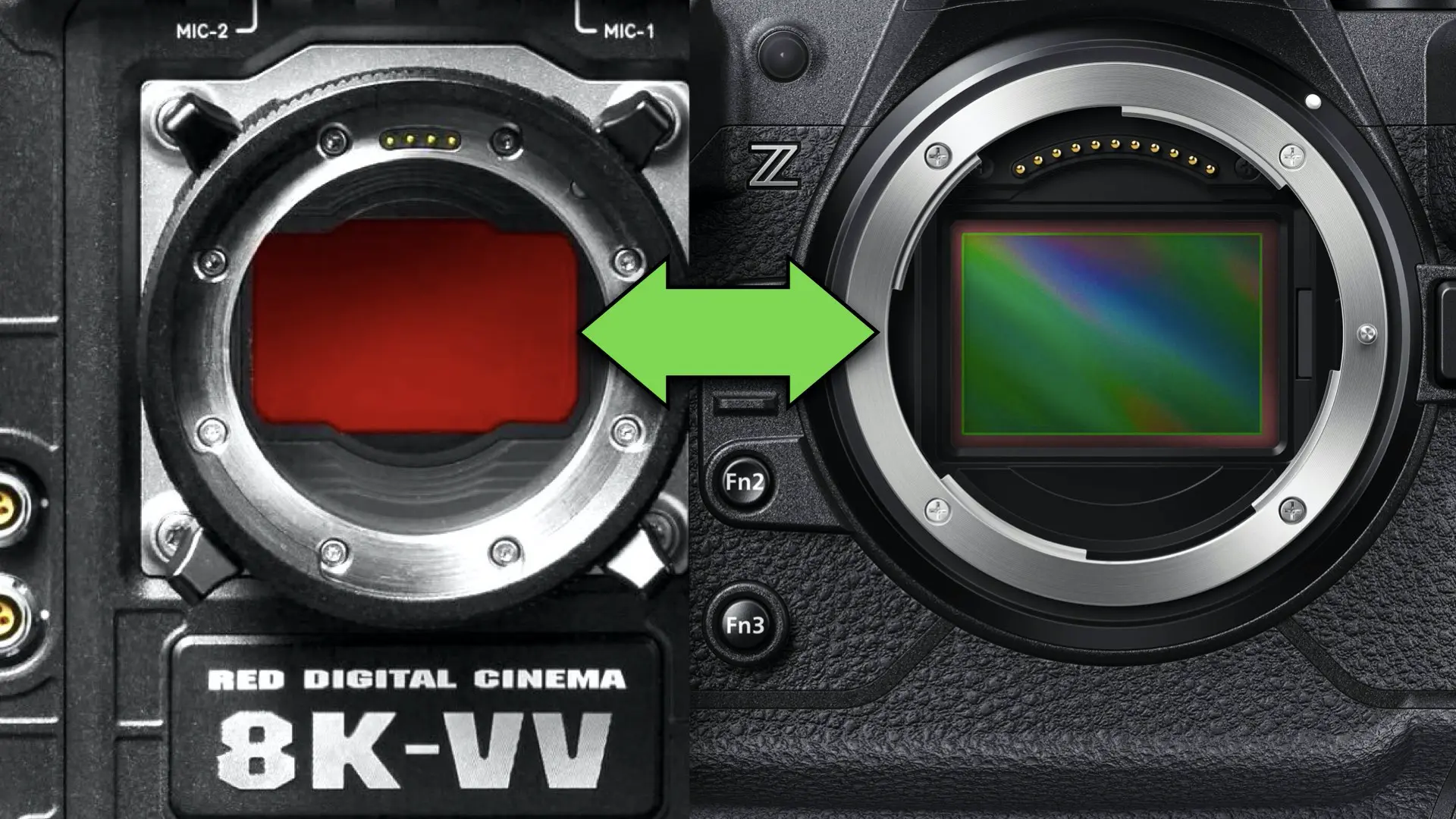
Breaking Free: From Sony Sensors to Proprietary Designs
Historically, Nikon has leaned heavily on Sony for its imaging sensors, a partnership that has produced industry-leading cameras like the Z9. The Z9’s stacked CMOS sensor is widely regarded as a technological marvel (source). However, Nikon’s acquisition of RED and its focus on proprietary innovations suggest a deliberate shift toward independence. By developing its own sensors, Nikon can tailor its technology to better suit specific markets, including cinema cameras. This independence could also give Nikon more control over pricing, features, and product timelines, reducing its reliance on external suppliers like Sony. This move, however, comes with risks. Nikon’s expertise lies in photography, and entering the cinema market requires an entirely different approach to design, marketing, and customer support. Competing against cinema-focused brands like ARRI, Canon, and Sony will require Nikon to quickly establish itself as a reliable alternative for filmmakers.
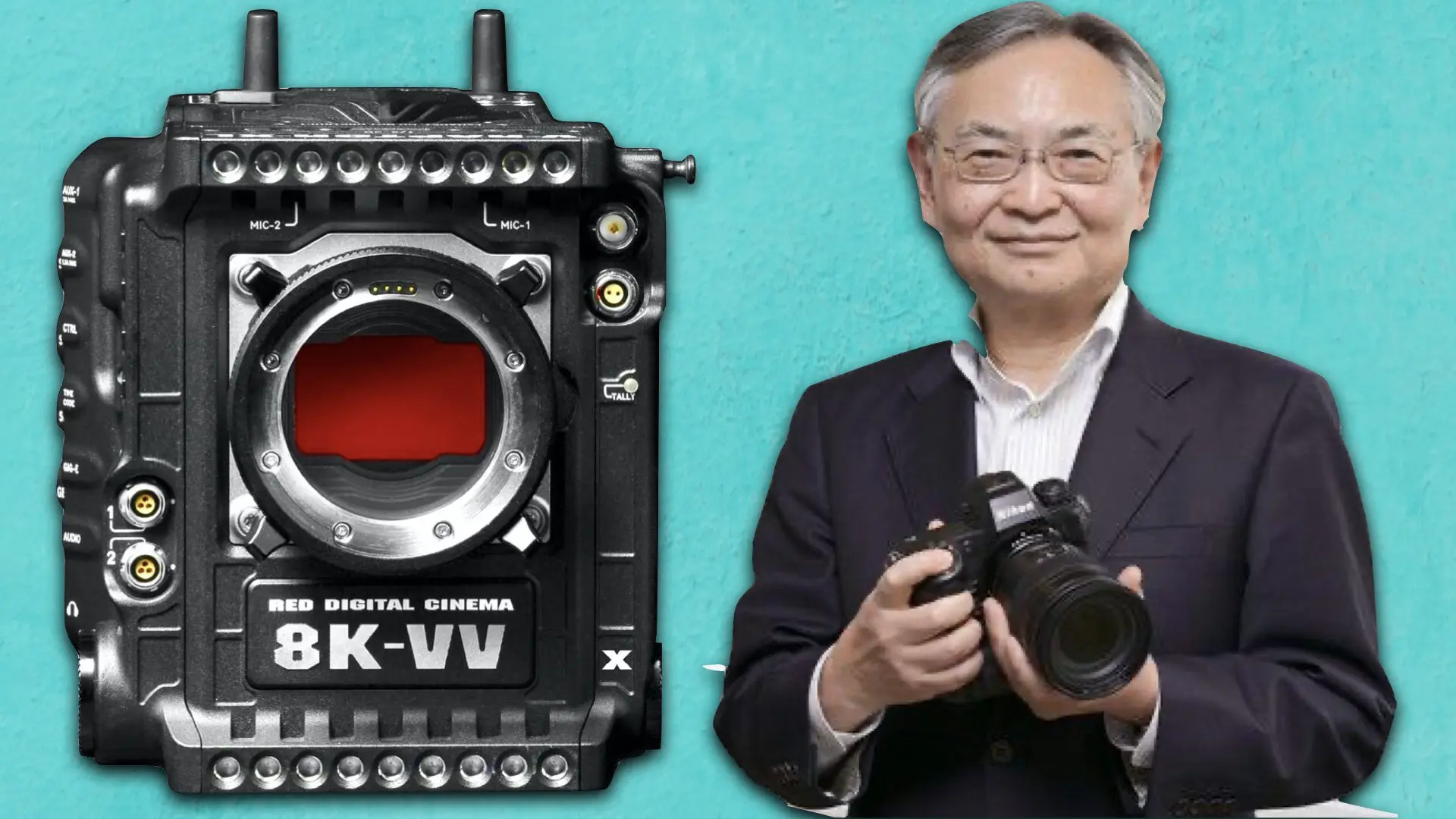
Cinema Ambitions: A Logical Yet Risky Evolution
Nikon’s patent aligns with its broader efforts to penetrate the cinema market. The company has hinted at its ambitions before, from filing cinema-related patents (source) to public declarations of readiness to develop cinema cameras (source). Nikon’s partnership with RED further bolsters its chances. By promising not to alter RED’s existing product lineup (source) and exploring synergies between the two brands (source), Nikon can leverage RED’s expertise in cinema to fast-track its own development efforts.
Yet, challenges remain:
- Market Expectations: Cinema professionals demand more than just a great sensor. They need robust workflows, reliable color science, and seamless integration with industry-standard equipment. Nikon must prove its ability to deliver on all fronts.
- Global Shutter Absence: Competing without this feature could alienate filmmakers who prioritize perfect motion rendering.

The Road Ahead: Opportunities and Optimism
Despite the hurdles, Nikon’s bold efforts deserve praise. The company has demonstrated a willingness to innovate and take risks, as evidenced by this new sensor patent. If Nikon successfully integrates this technology into a cinema camera, it could position itself as a disruptor in a market dominated by a few major players. Nikon’s newfound independence in sensor development, bolstered by its partnership with RED, offers significant opportunities for growth. By addressing the unique demands of the cinema industry and delivering cutting-edge features, Nikon could establish itself as a credible alternative for filmmakers seeking fresh, innovative tools. In an industry driven by creativity and technology, Nikon’s push toward cinema cameras is a gamble worth taking. While challenges remain, the company’s commitment to innovation signals a promising future for both Nikon and the professionals it aims to serve.

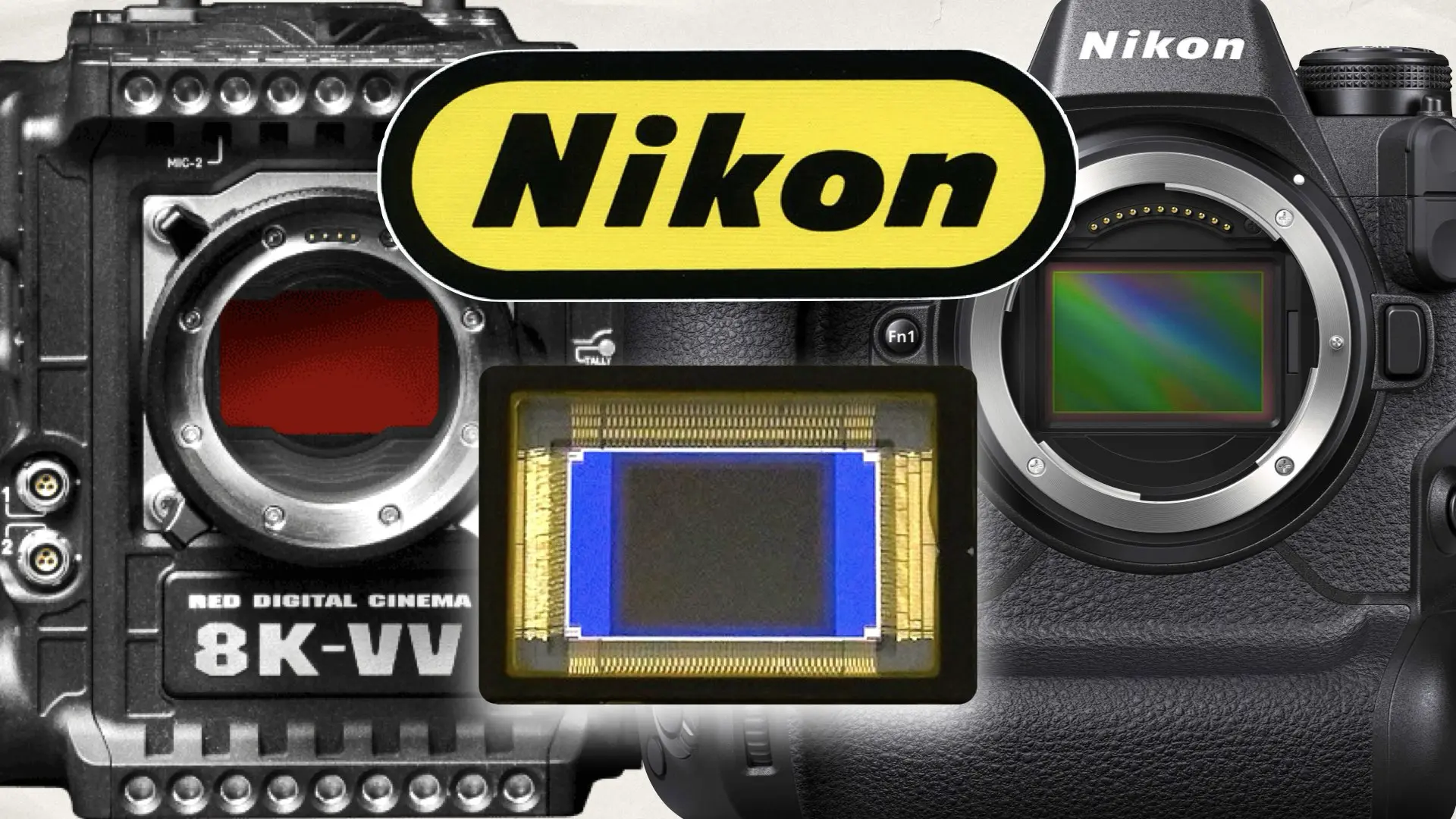

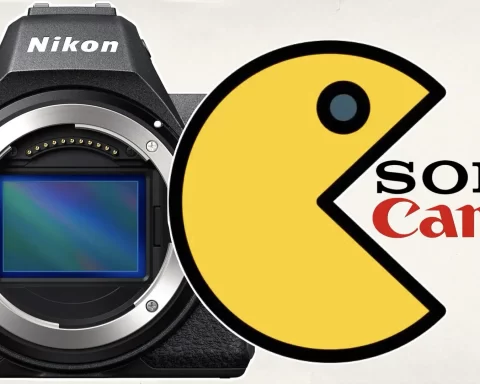
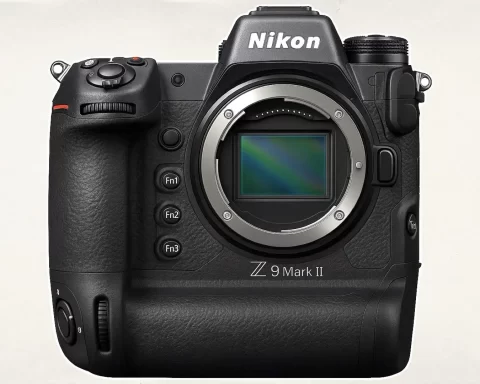
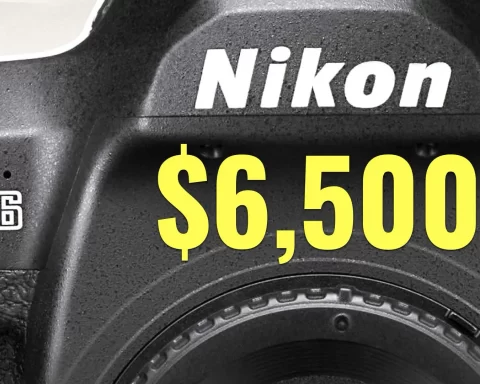
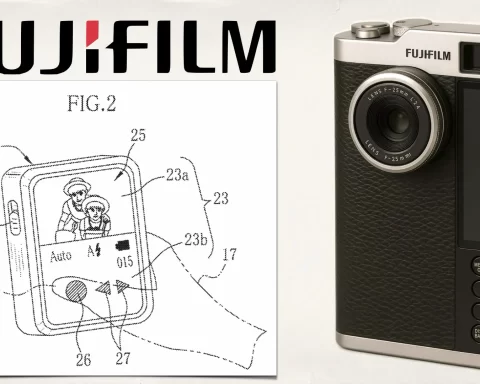
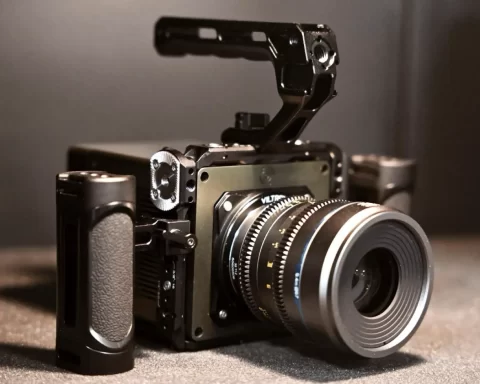

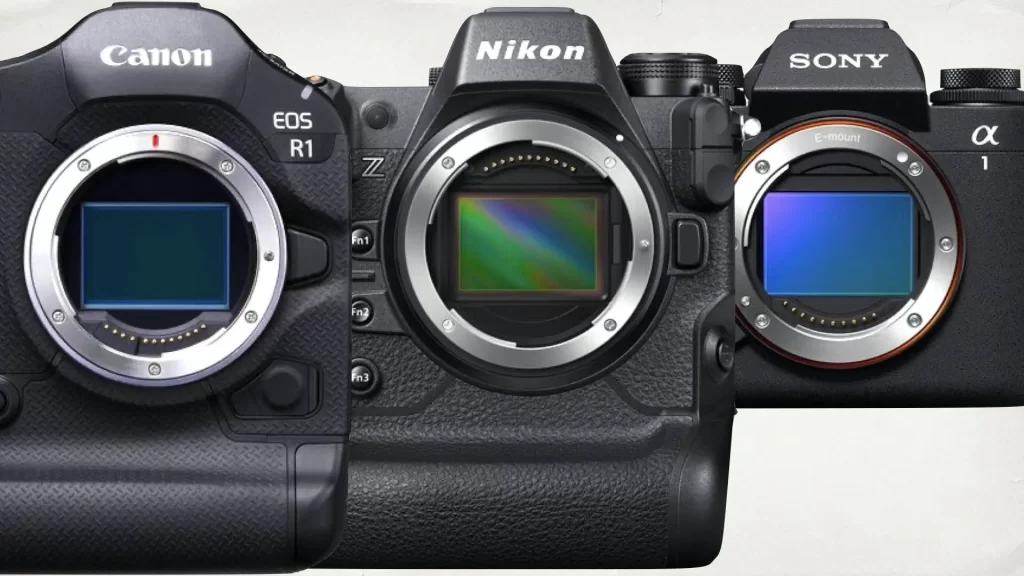
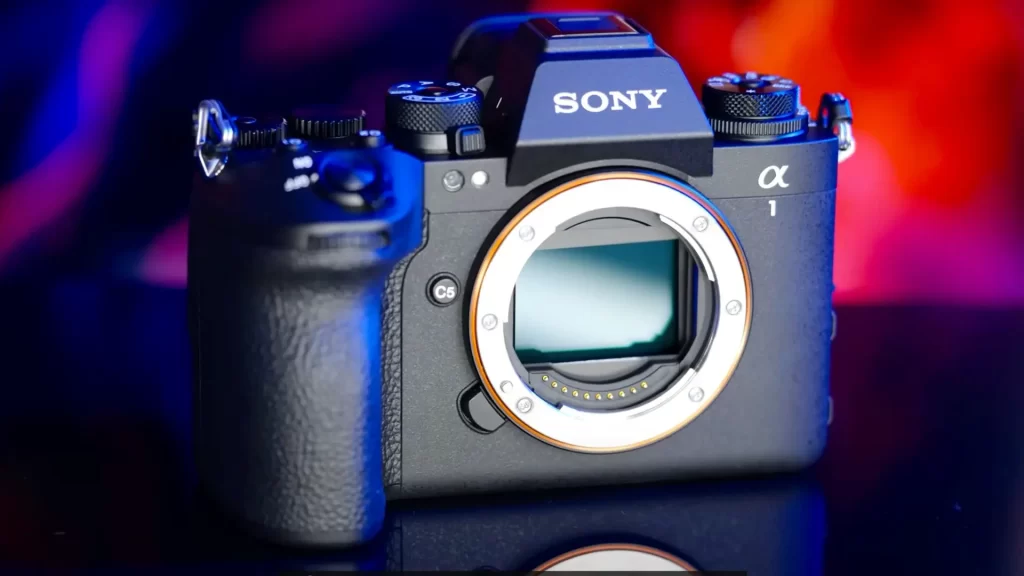





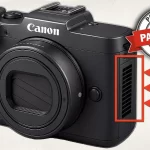
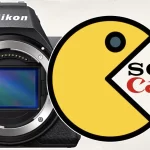
This is a little misleading… unless Nikon built or acquired their own sensor fabs, Sony will still be manufacturing their sensors. As far as I know, Nikon has always engineered their sensors, but Sony has always fabricated it. Also, I believe Canon is the only industry player that fabs their own sensors and everyone else uses either Sony or Samsung fabrication, and Canon doesn’t manufacture 3rd party.
This is like the processor industry where lots of brands (such as Apple) engineer their own processors, but TSMC (or other fabs) make it.
Wrong the D850 was a Tower Jazz sensor now Tower Industries owned by Intel. Nikon design their sensors and out source the production.
Tower Jazz has nothing to do with Nikon. The D850 sensor was a modified A7R II sensor through and through. The response curves for noise are a near duplicate to Sony’s high res sensor.
Tower Jazz has nothing to do with Nikon.
That’s actually incorrect. Tower Jazz (now Tower Semiconductor) has made several sensors for Nikon in the past.
Do list them. NikonRumors has a list of all Nikon sensors since up to a few years ago, and they’re 99% Sony, with some Renesas, Toshiba, and Aptina thrown in, along with Nikon’s failed LBCAST sensor. Since that list, everything has been 100% Sony.
The above commenter is right except Canon does manufacture 3rd party too but mostly in the mobile space.
This story was actually reported on back in early October. And it’s all based upon a patent filing that may, or may not, lead to anything. The patent was for a hybrid sensor, which is to say, segments of the sensor are global, segments are rolling.
The relevant filing is PCT/JP2022/031548, which has been submitted in August 2022 and which was entered national phase in JP, EU, US (hence the publication), and CN. There seem to be many issues with unpaid fees and a negative outcome of the ISA regarding novelty AND inventive step, so we shall see if that patent is relevant at all. For information, it’s the application that has been published, not the patent (which hasn’t been granted yet).
The article suggests Nikon acquired Red Digital Cinema so it could manufacture its own sensors. But was Red manufacturing their own sensors? Even if it were the case, I fail to see the advantage of owning a fab because it comes with many undesirable constraints.